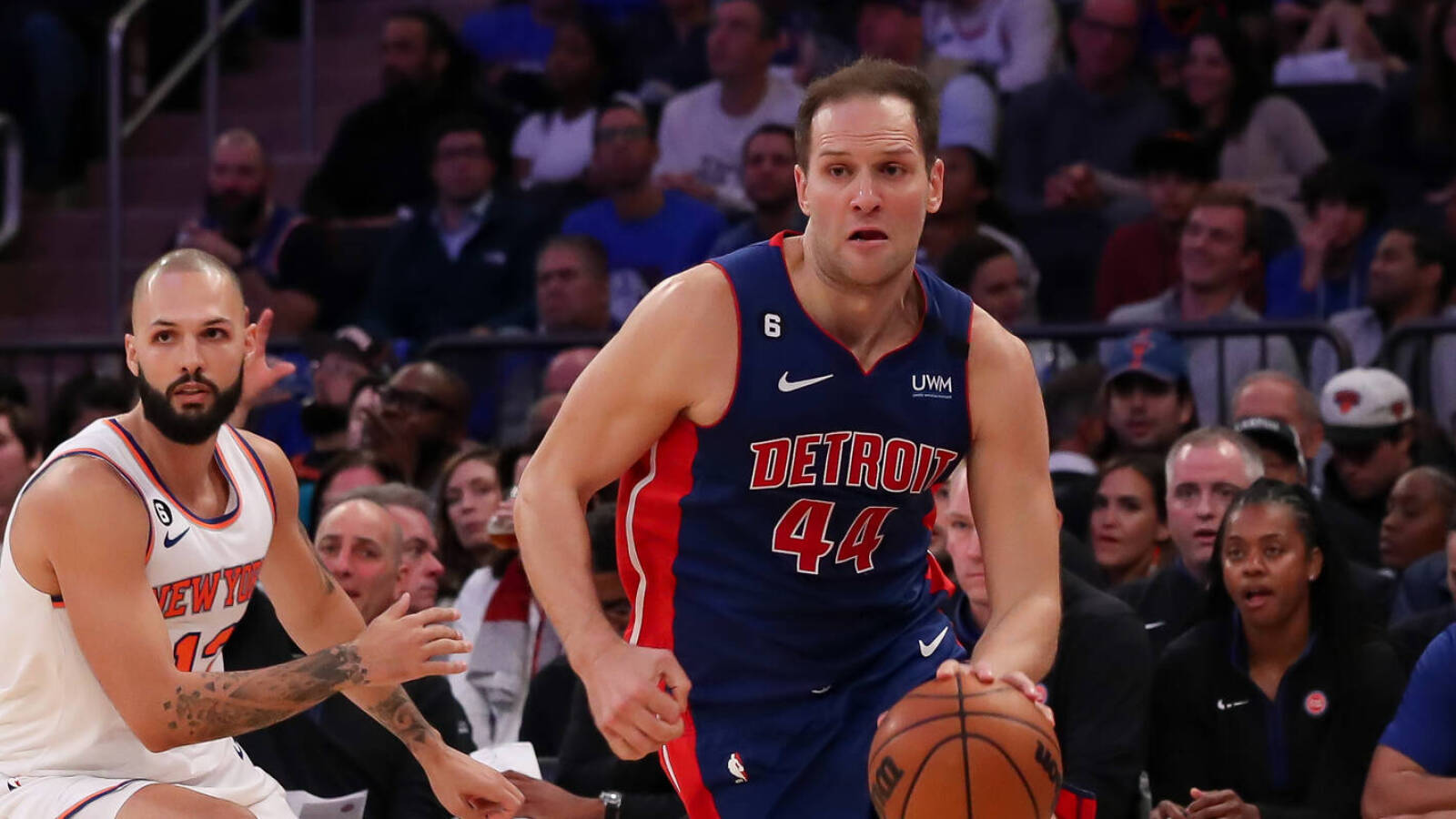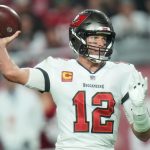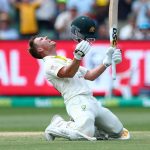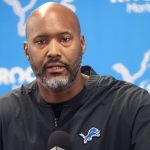Trade Breakdown: Bojan Bogdanovic for Kelly Olynyk

Instead of receiving draft compensation, the Jazz saved $6.75M ($5M against the cap) in 2022-23, because Olynyk makes $12.8M this season. Clearly Lee — a guard who was the 38th overall pick in 2020 — wasn’t in the team’s plans, but Utah essentially got a free look at him in training camp with the cash received offsetting his salary.
Olynyk has been a solid, productive player for a long time and the Jazz lacked a starting-caliber center after trading Rudy Gobert to Minnesota. Rookie first-rounder Walker Kessler (acquired in the Gobert deal) looks promising and could eventually become a starter, but would be a poor spacing fit with Vanderbilt, whereas Olynyk helps in that regard.
There’s an arrhythmic quality to Olynyk’s game that’s difficult to describe. He has some unique qualities for someone 6’11”, and he provides value in atypical ways for a big man.
Olynyk leverages his outside shooting with drives to the basket, creating plays both for himself and teammates. He’s an unselfish passer and is an above-average ball-handler for a player his size.
If you try to put a smaller player on him, he can score over them in the post. He’s smart and runs the floor hard looking for easy buckets. Olynyk is also versatile enough to play both frontcourt positions against bigger lineups, with first-year head coach Will Hardy deploying him alongside Kessler at times.
The Canadian veteran likes flipping up finger rolls near the rim, such as what turned out to be an off-balance game-winning shot against the Pelicans on Sunday – it’s not always aesthetically pleasing, but more often than not it goes in. That’s basically Olynyk in a nutshell — unusual but effective.
I think Olynyk’s sometimes awkward-looking play makes people take him less seriously for some reason. Maybe that’s why writers, analysts and fans alike seemed to overstate the difference in on-court impact between Bogdanovic and Olynyk when evaluating this trade.
Case in point, with the caveat that per 36 numbers are a bit misleading:
Player A’s career per 36 averages (607 games): 18.6 PPG, 4.5 RPG, 1.9 APG (2.0 TO) and 0.7 SPG on .457/.393/.862 shooting. Career advanced stats: 59.2% true shooting percentage, 33.4 win shares, 5.0 value over replacement player, 14.0 player efficiency rating.
Player B’s career per 36 averages (614 games): 16.5 PPG, 8.3 RPG, 3.4 APG (2.4 TO) and 1.2 SPG on .477/.368/.782 shooting. Career advanced stats: 59.0 TS%, 35.6 WS, 9.9 VORP, 15.8 PER.
Player A is Bogdanovic. Player B is Olynyk.
Olynyk is clearly a better inside finisher and passer, while Bogdanovic is a more prolific scorer and higher-level shooter. Neither is a great defender, though Olynyk has the edge as a rebounder and play-maker on that end.
Two big differences: Bogdanovic has started the majority of his career with an average of 29.1 minutes per game, while Olynyk has primarily been a reserve and only holds a career average of 22.0 MPG.
The main reason Olynyk has come off the bench for most of his career is that he isn’t a traditional rim protector and is a below-average rebounder for a center. Protecting the paint is the foundation of any good defense, and it’s probably his biggest weakness as a player (he’s also foul-prone). Bogdanovic doesn’t have to worry about that as much since he’s a forward.
Don’t get me wrong, Bogdanovic is definitely a player than Olynyk. There’s no question about that. That’s why he got $73M over four years the last time he was a free agent and Olynyk got $37M ($28M guaranteed) over three.
But is Bogdanovic worth an additional $5M cap hit for one season?
In a vacuum, yeah, probably. But that’s a much tougher call with the context that Utah’s power forward spot was crowded, Olynyk filled a positional need, and reducing the cap hit this season gave the Jazz more flexibility to take on additional salary without going into the luxury tax if they opt to make more trades, which seems highly likely.
Flipping Olynyk down the line is certainly a possibility; he’d have some takers as a floor-spacing big with only $3M in guaranteed money in ‘23-24 (he’ll make $12.2M if his contract becomes fully guaranteed). He’s off to a strong start with the Jazz, averaging 15.5 PPG, 3.8 RPG, 3.3 APG and 1.3 SPG on .611/.786/.778 shooting in four games (28.5 MPG). Obviously those shooting splits are unsustainable, but it’s reasonable to believe he’ll have another productive season.
It’s also worth noting that Jazz president Danny Ainge acquired Olynyk’s rights when he was drafted with the 13th overall pick in 2013, and the 31-year-old spent his first four seasons under Ainge with the Celtics. That level of familiarity often plays a factor in trades.
The Pistons’ perspective:
Detroit’s side of things is easier to understand. The Pistons were one of only three teams under the cap this offseason (the Pacers and Spurs are the others), and used their remaining cap room to take on Bogdanovic’s extra salary (though including Lee would’ve allowed them to adhere to salary-matching rules anyway). That enabled them to receive a superior player without having to give up any draft compensation.




